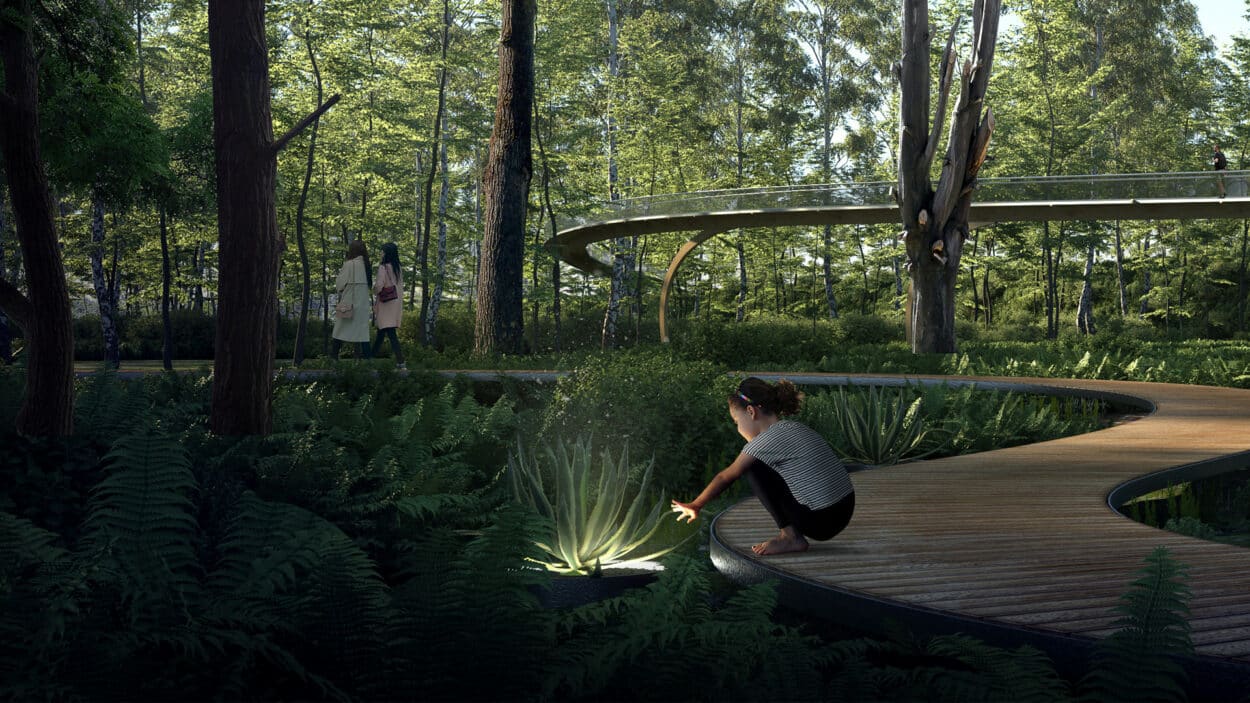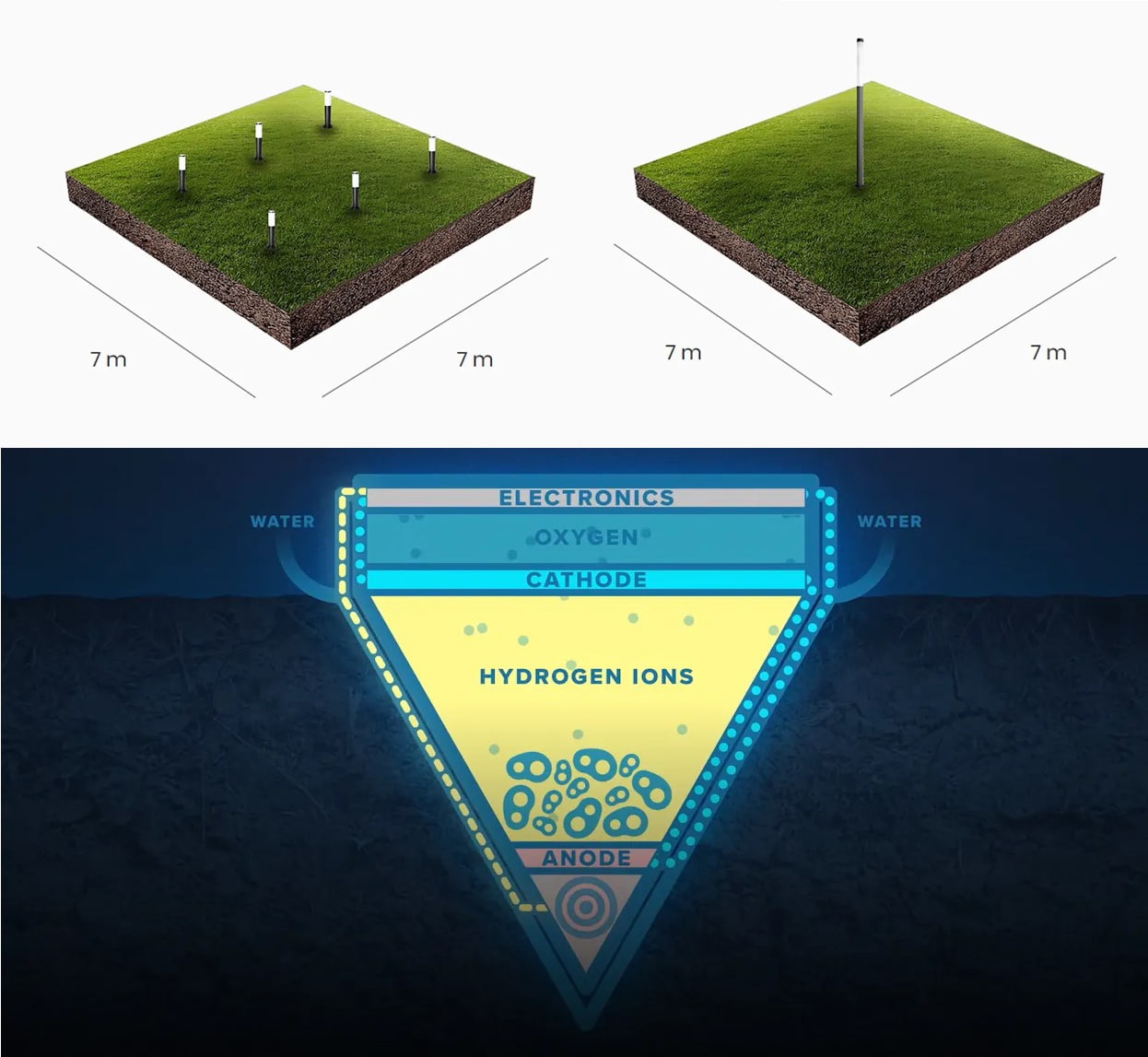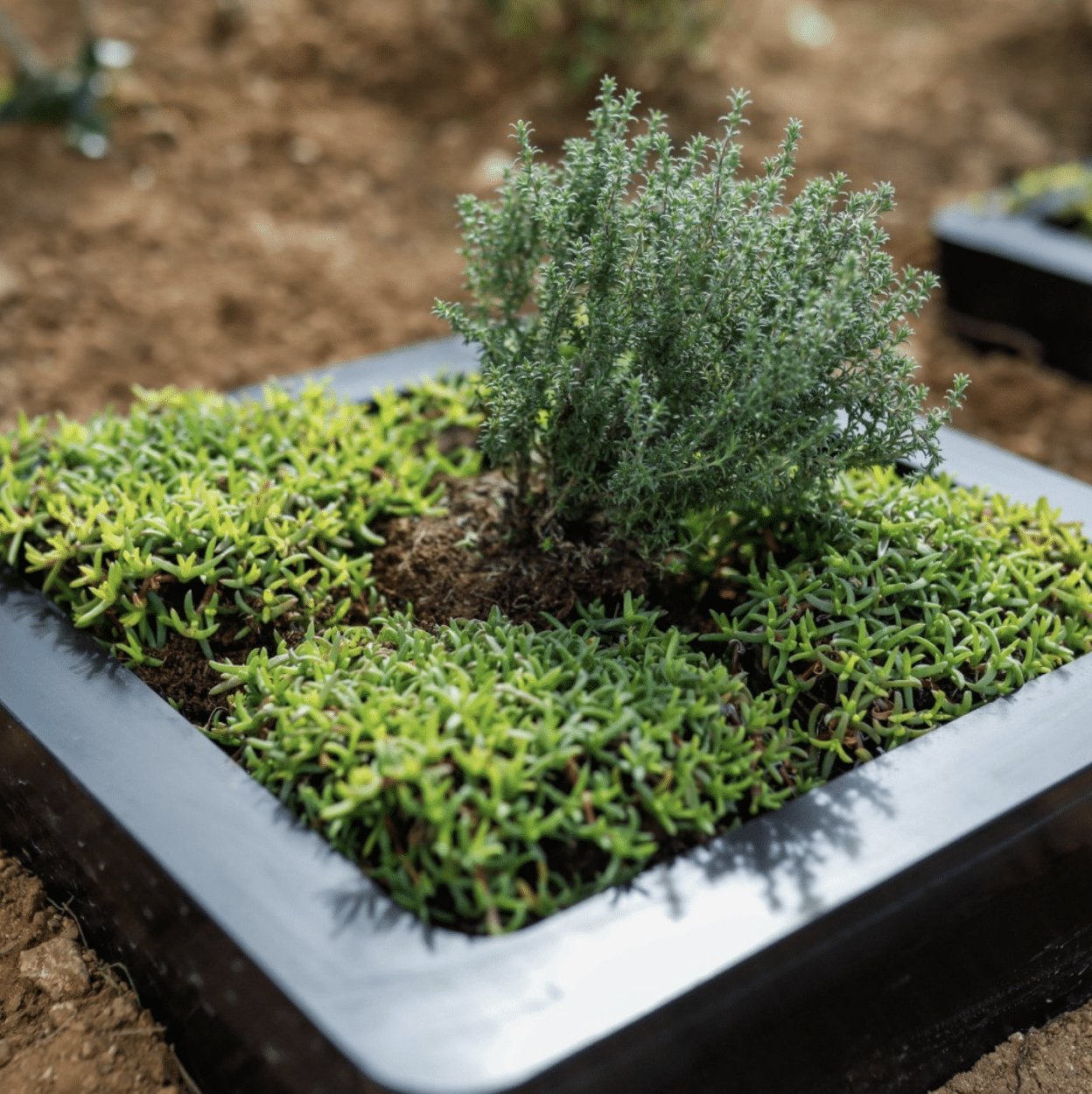Update July 2023: Since the publication of this article, the mentioned company Glowee has filed for bankruptcy.
Bioluminescence is the scientific name for a well-known natural phenomenon: the emission of light by a biological organism. The city of Rambouillet, a small municipality about 60 km south of Paris, France, has started testing a new form of sustainable urban lighting based on bioluminescent microorganisms.
Bioluminescence is a mesmerizing natural phenomenon in which living organisms emit light. While we all probably can think of fireflies, bioluminescence is mostly common in the marine environment, where it can be observed in phytoplanktons, krill, or certain fish. Now, as cities seek innovative and sustainable solutions for urban lighting, they are increasingly turning to this captivating natural light source.
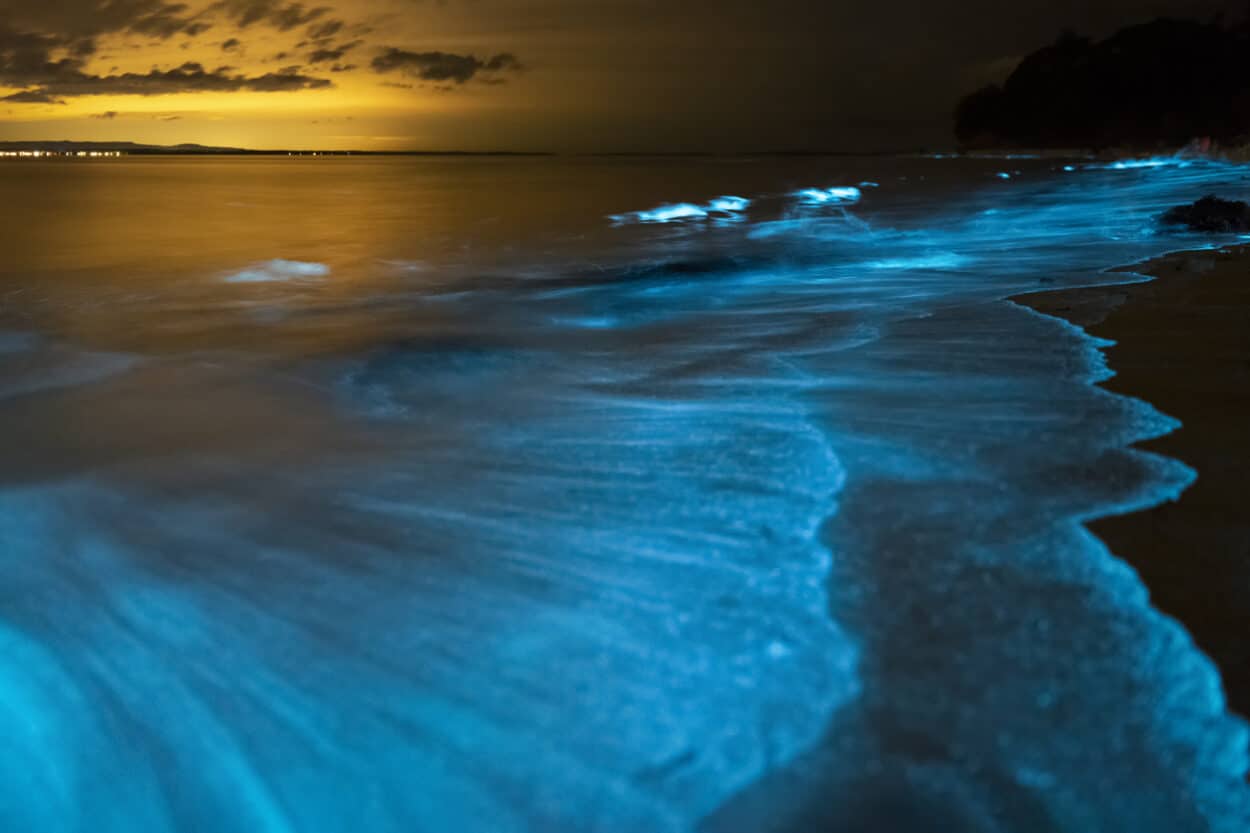
Glowee: Lighting the French City of Rambouillet
Since 2019 the city of Rambouillet in France has partnered with a French startup called Glowee, whose goal is to harness the power of bioluminescence to develop a sustainable lighting technology. The company created a technique to grow bioluminescent, non-toxic, non-pathogenic bacteria emitting a bluish, organic glow.
The microorganisms, called Alivibrio Fisherii, are contained within plastic tubes that act like an aquarium. The light is “turned on” by feeding the bacteria enough food and oxygen to ignite their bioluminescent metabolic reaction. Cutting off the air intake into the saltwater tanks stops the reaction by sending the organisms into an anaerobic state, thus effectively turning off the light.
The stable bioluminescent composite can be integrated into a series of lighting products, just like the curb lanterns the startup installed in January in Rambouillet’s André Thome Square to validate the system’s feasibility.
Glowee claims their saltwater and bacteria solution manufacturing process consumes less energy than producing energy-saving LED lights. At the same time, the company’s bio-lamps require way less electricity to operate than even the least power-intense public lighting solutions on the market.
So far, the main downside is that the bioluminescent fixtures emit only about 15 to 20 lumen per square meter, compared with the 111 lumens per square meter of an equivalent household 220-lumen LED bulb.
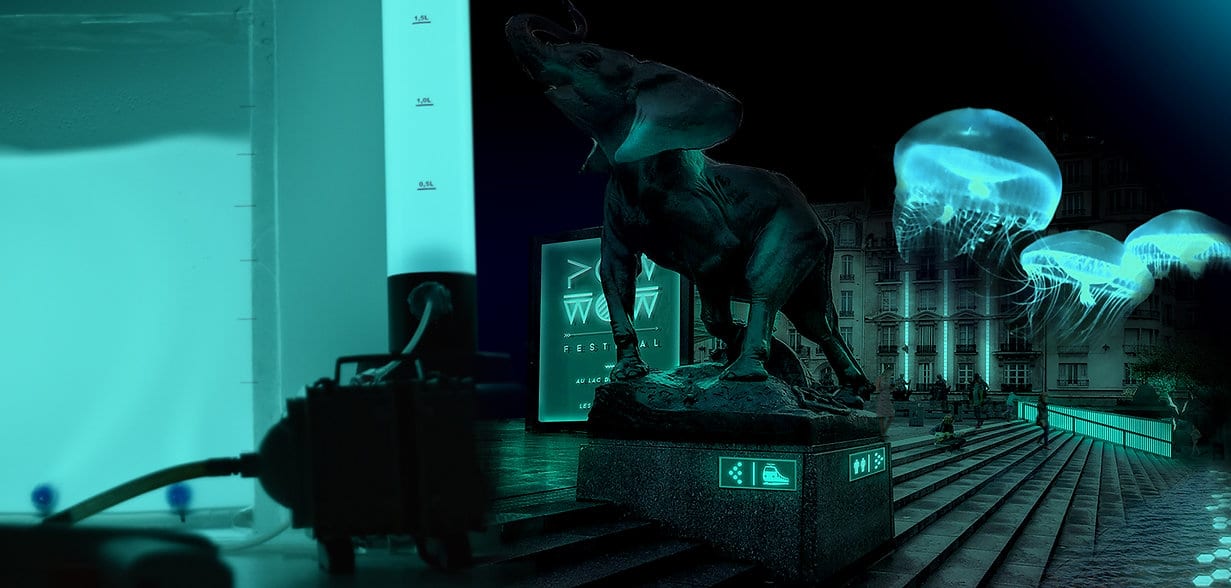
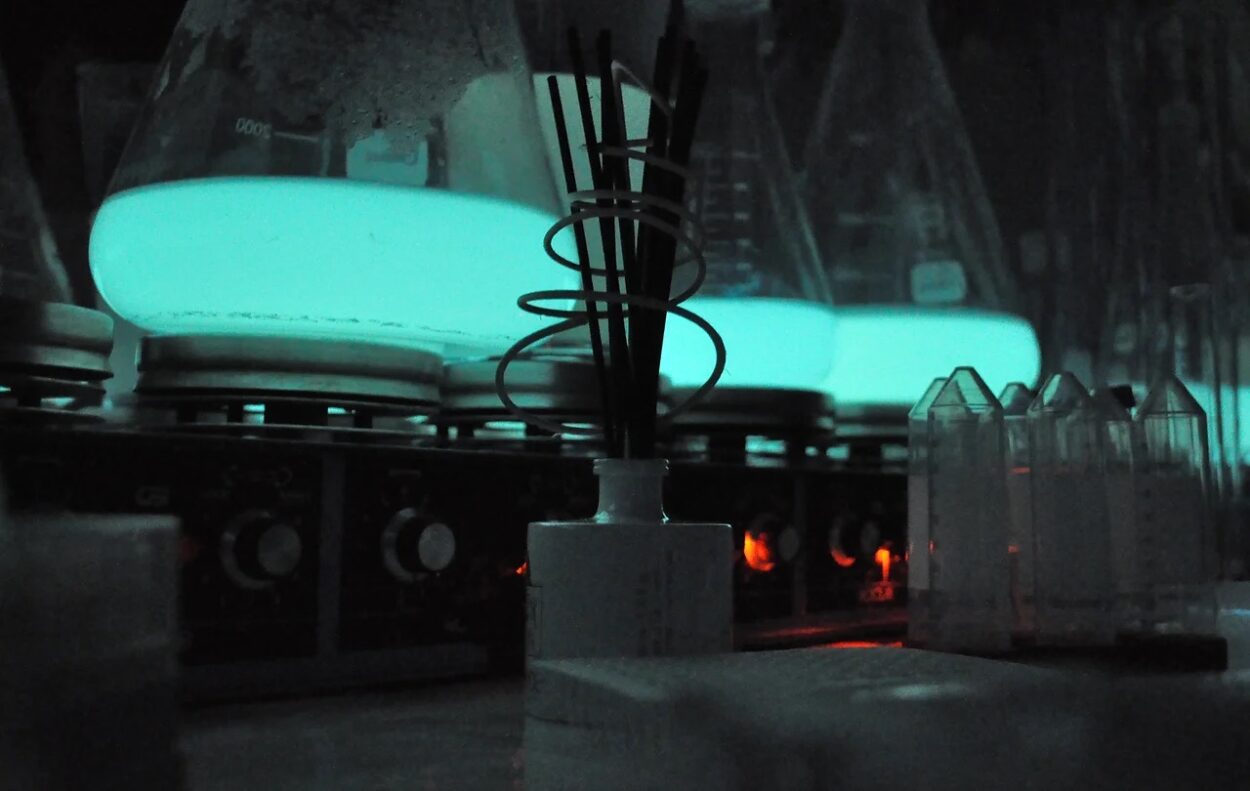

The company is now focusing on enhancing the maximum brightness of the saltwater solution by experimenting with factors such as water temperature and pressure. As Sandra Rey, founder of Glowee, told the BBC:
“Our company’s goal is to change how cities use light. We want to create an ambiance that better respects citizens, the environment, and biodiversity – and to impose this new philosophy of light as a real alternative.”
Woodlight: Transferring Light to Plants
While Glowee is the first startup in the space to reach this level of advancement, it’s not the only one trying to leverage bioluminescence to disrupt the public lighting industry.
Another French company, Woodlight, is researching the possibility of transferring bioluminescence from marine microorganisms to plants. Founded in 2018 in Illkirch, the startup is still in the research phase and is trying to bio-engineer plants that, in the best-case scenario, could emit enough light to replace public lighting in cities.



In addition, Woodlight believes its bioluminescent technology can be applied to many plant species acclimatized to different environments. The plants will also be made infertile and dependent on a specific growth process to avoid unwanted diffusion and contamination with other non-engineered species.
According to the company’s own presentation materials:
“Woodlight’s goal is to address actual problems of cities such as overconsumption of energy, pollution, and lack of greenery. For that, we develop bioluminescent plants that can emit light by themselves without consuming electricity. These lamps will be 100% recyclable and depolluting, thanks to their ability to process CO2. Moreover, we can potentially develop all types of bioluminescent plants, meaning that designs and applications are limitless”.
Bioo: Turning a Piece of Land into a Battery
While bioluminescence is a promising research endeavor, other biochemistry startups are experimenting with different approaches to harvest power from nature.
For example, the Spanish company Bioo has developed a system of garden panels that can turn a piece of land into a battery. The system works similarly to a regular power unit, but instead of Lithium ions, the garden battery uses the hydrogen ions released by the metabolism of soil bacteria sandwiched between the bottom layer (the anode) and the top layer of the panel (the cathode).
Bioo’s soil battery can generate about 15Wh per day for a patch of 49 sqm. That’s not much, but it’s more than enough to power six small LED lamps or a single larger one without interruptions, day and night, as long the soil gets irrigated properly.
